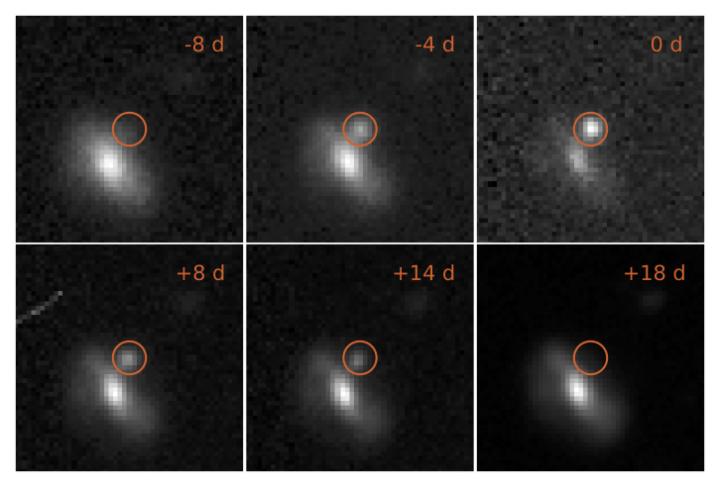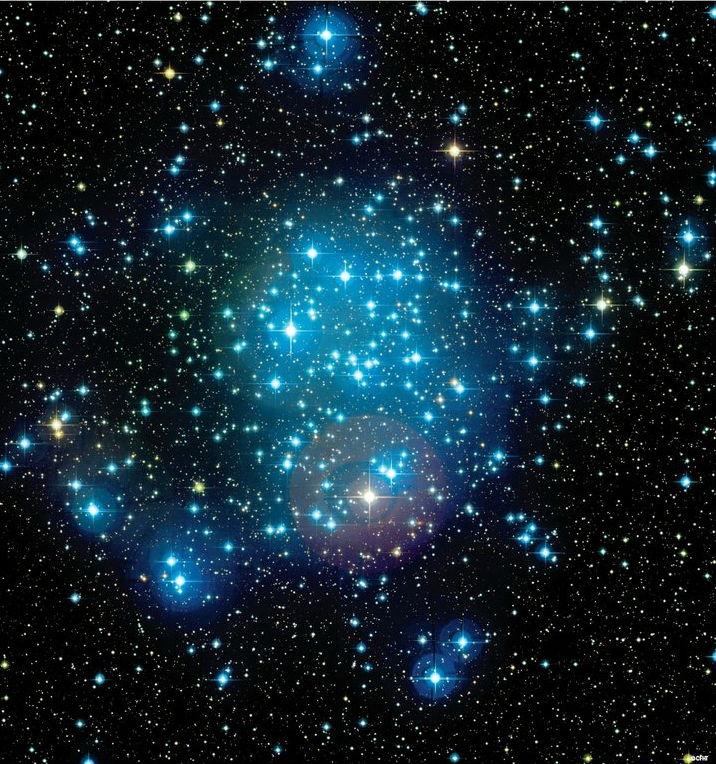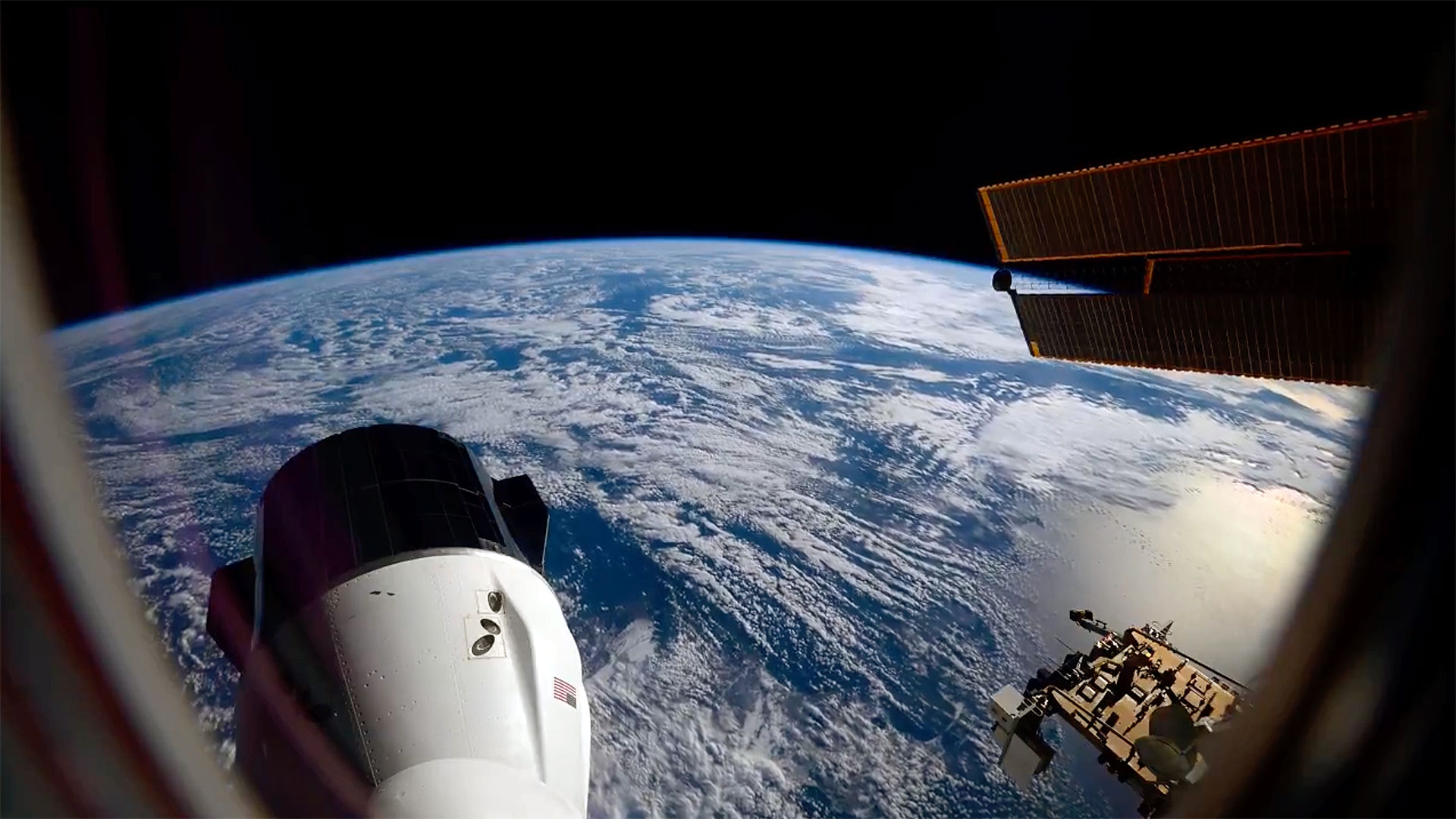72 Mysterious Cosmic Flashes Puzzle Astronomers

Seventy-two unusual cosmic events have astronomers scratching their heads.
Scientists conducting a survey for supernovas — the dramatic explosions that end the lives of massive stars — noticed 72 powerful flashes of light. The mysterious emissions were similar in brightness to supernovas, but they evolved much more rapidly, so their exact nature is unclear.
The 72 light sources appeared in the Dark Energy Survey Supernova Program (DES-SN), which uses a large camera on a 13-foot (4 meters) telescope at the Cerro Tololo Inter-American Observatory in the Chilean Andes. The DES-SN is designed to help probe the nature of dark energy by measuring the expansion of the universe. While surveying the sky, it captures images of changing, or transient, events, including supernova candidates, which scientists follow up on. [Supernova Photos: Great Images of Star Explosions]
"The DES-SN survey is there to help us understand dark energy, itself entirely unexplained," lead author Miika Pursiainen, of the University of Southampton in England, said in a statement. "That survey then also reveals many more unexplained transients than seen before."
Pursiainen presented the collection of 72 very bright, but quick events at the European Week of Astronomy and Space Science conference in Liverpool, England. He and his collaborators are still trying to understand the unusual events.
At the end of a massive star's life, after nuclear-fusion activities stop, heavy elements build up at the star's core. Eventually, the core grows so heavy that the star implodes and its outer shell is blown off in a violent type II supernova. (Another famous kind of supernova, called type Ia, involves a stellar corpse known as a white dwarf siphoning material from a companion star until the dwarf passes a mass threshold, triggering a runaway nuclear reaction.)
The newly spotted phenomena have a similar maximum brightness to different types of supernovae, but they are visible for shorter timescales, ranging from a week to a month. In contrast, true supernovas can linger in the sky for several months. The 72 events are hot, with temperatures ranging from 18,000 to 54,000 degrees Fahrenheit (10,000 to 30,000 degrees Celsius), and they're up to 9.3 billion miles (15 billion kilometers) wide.
Breaking space news, the latest updates on rocket launches, skywatching events and more!
Astronomers still aren't certain how these unusual episodes occur. Some stars shed material before they explode as supernovas. In the most extreme cases, shrouds of that material could completely envelop exploding stars. Energy from the supernova could then heat the surrounding material to very high temperatures, and then astronomers may see only the illuminated envelope rather than the exploding star. This scenario may explain the newly observed 72 events, but confirming that requires further research, the study team members said.
The team said it plans to continue hunting for transients, then estimate how often they occur compared with more-routine supernovas.
"If nothing else, our work confirms that astrophysics and cosmology are still sciences with a lot of unanswered questions," Pursiainen said.
Follow Nola Taylor Redd at @NolaTRedd, Facebook or Google+. Follow us at @Spacedotcom, Facebook or Google+. Originally published Space.com.

Nola Taylor Tillman is a contributing writer for Space.com. She loves all things space and astronomy-related, and always wants to learn more. She has a Bachelor's degree in English and Astrophysics from Agnes Scott College and served as an intern at Sky & Telescope magazine. She loves to speak to groups on astronomy-related subjects. She lives with her husband in Atlanta, Georgia. Follow her on Bluesky at @astrowriter.social.bluesky

